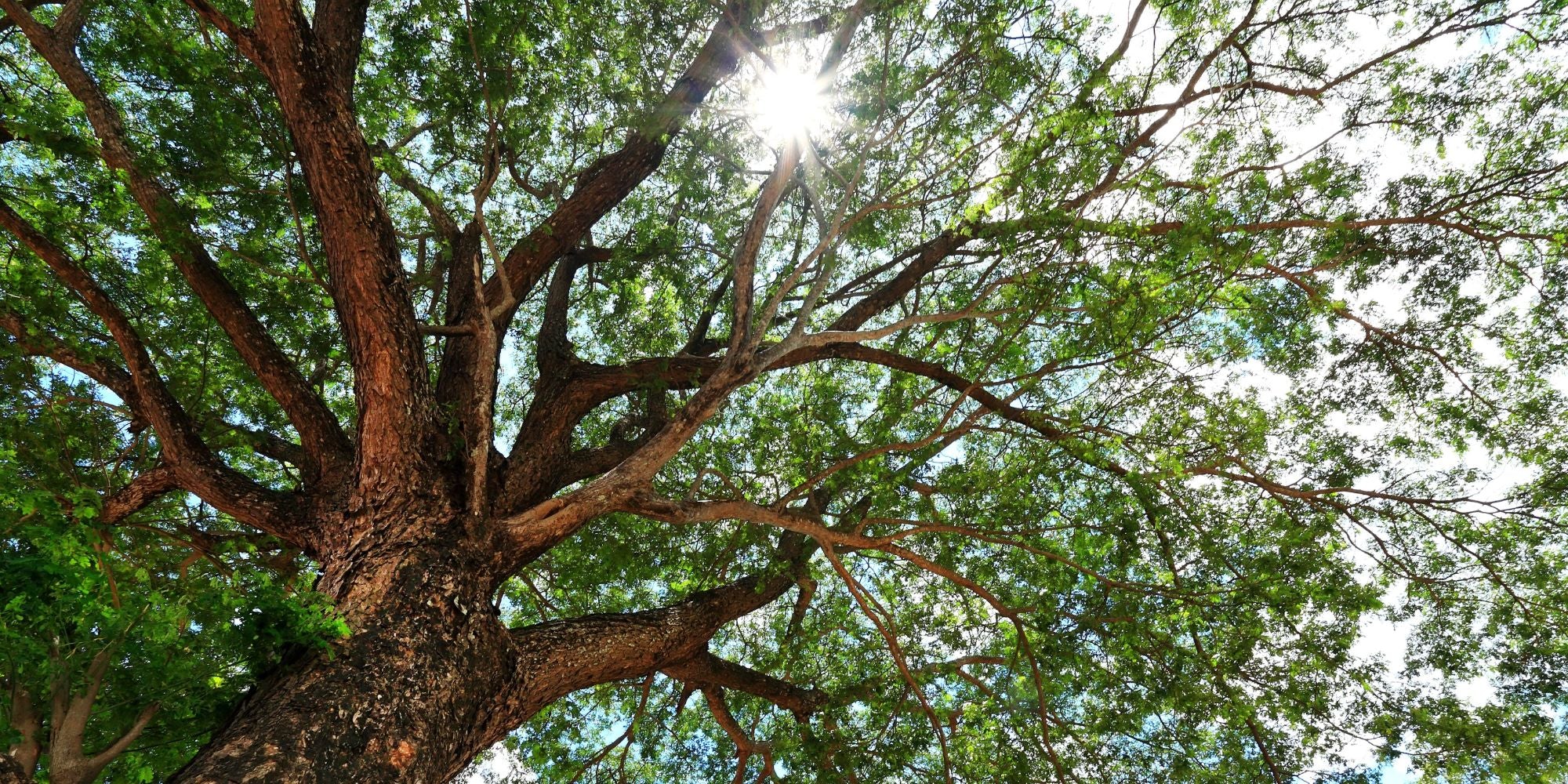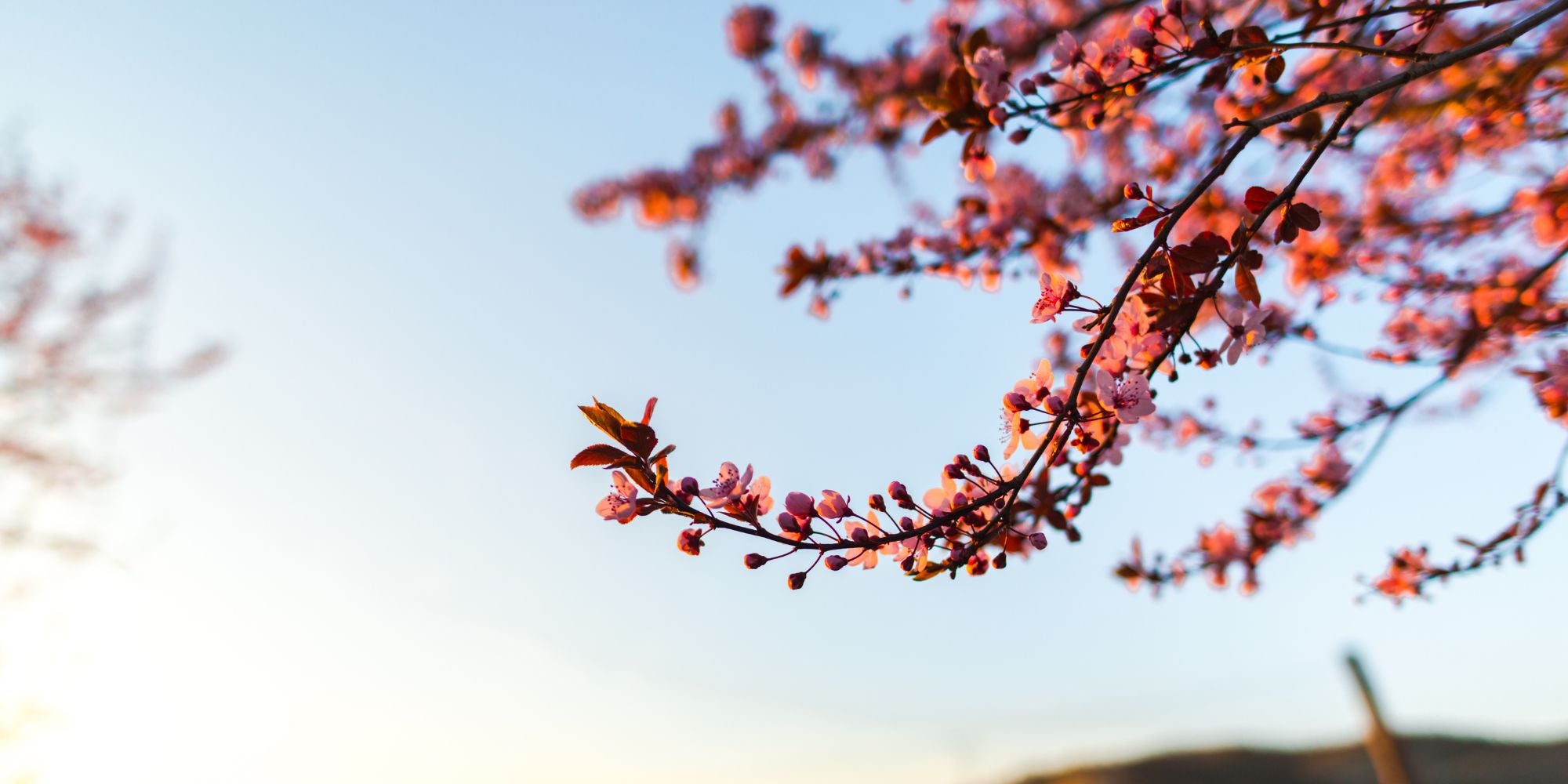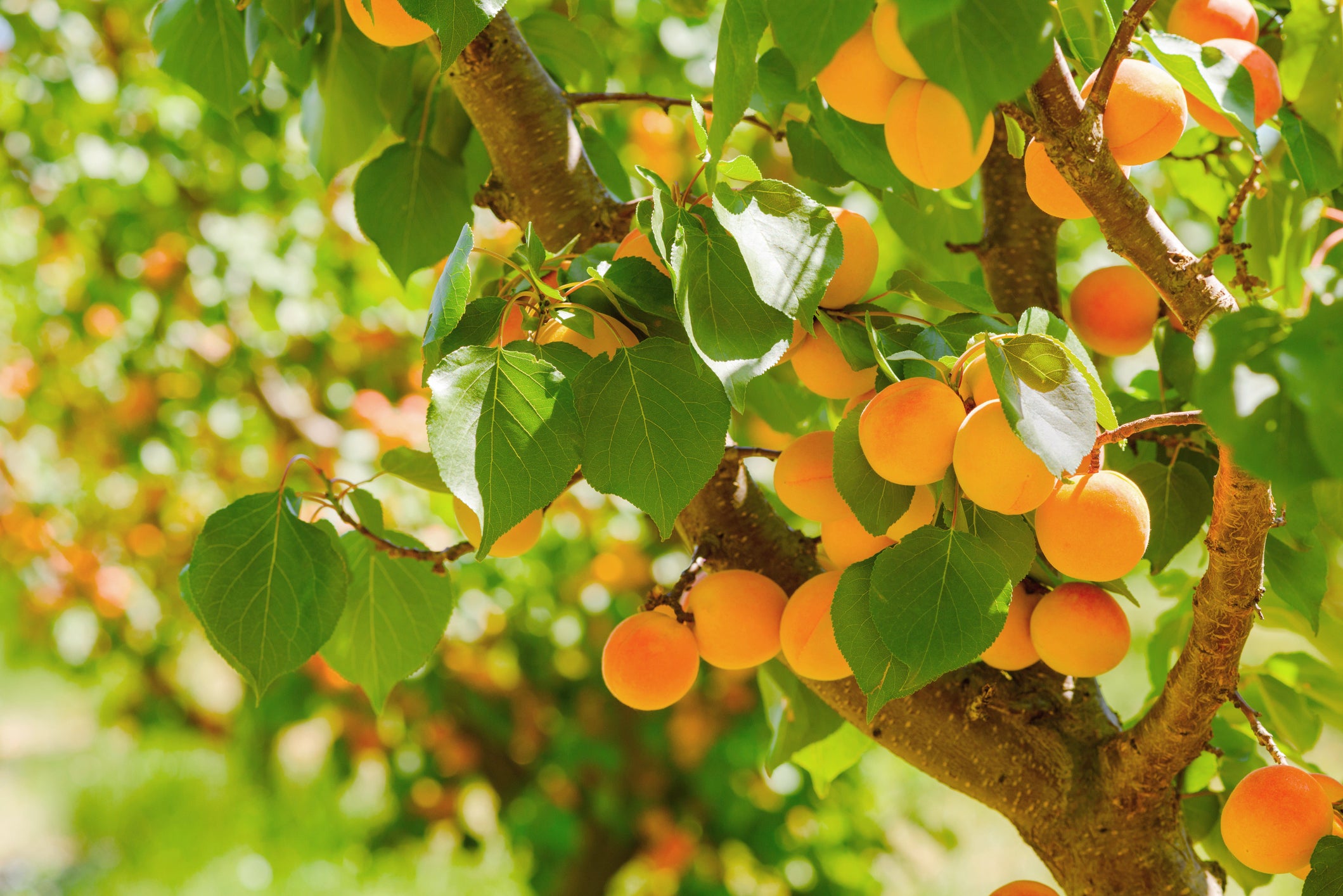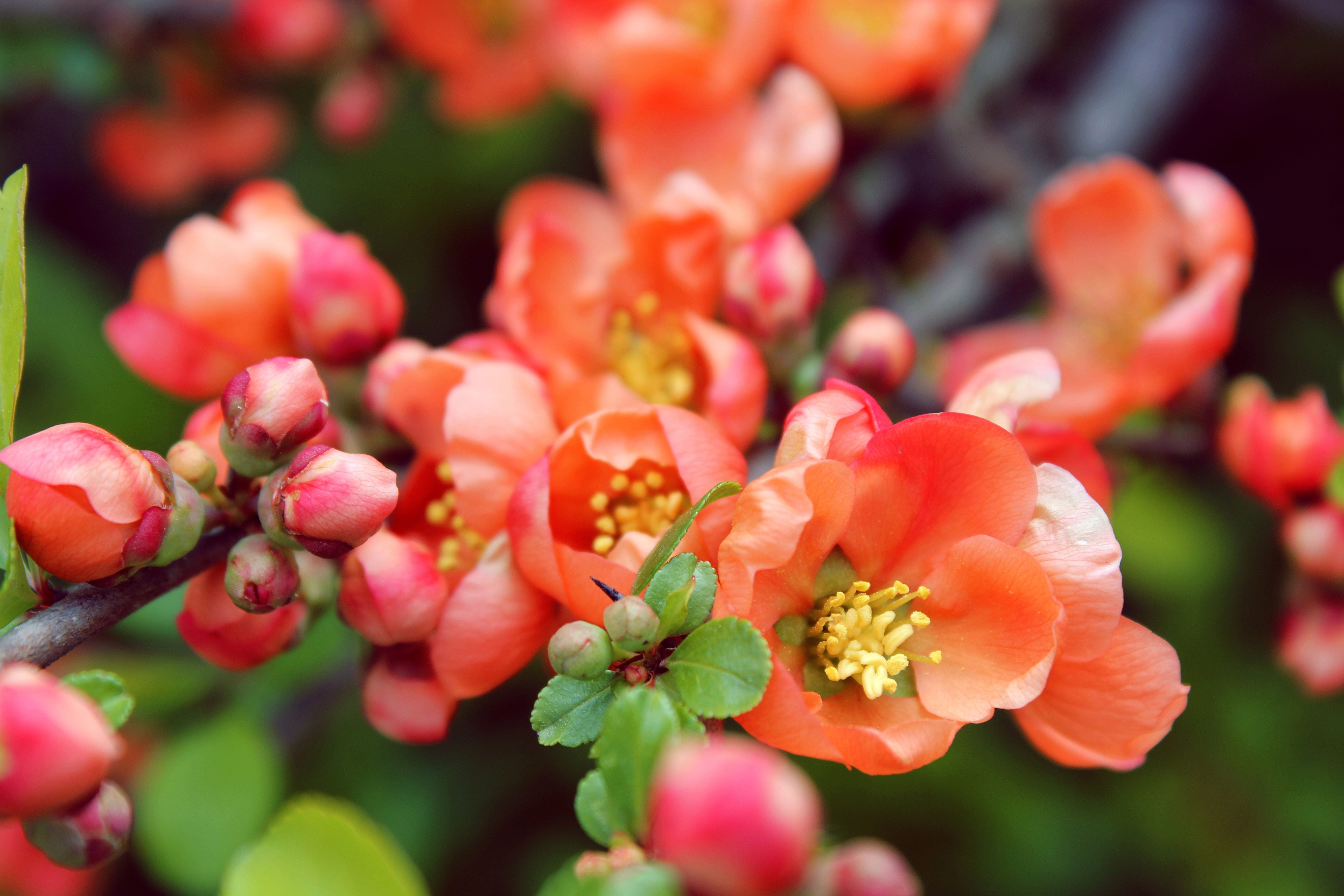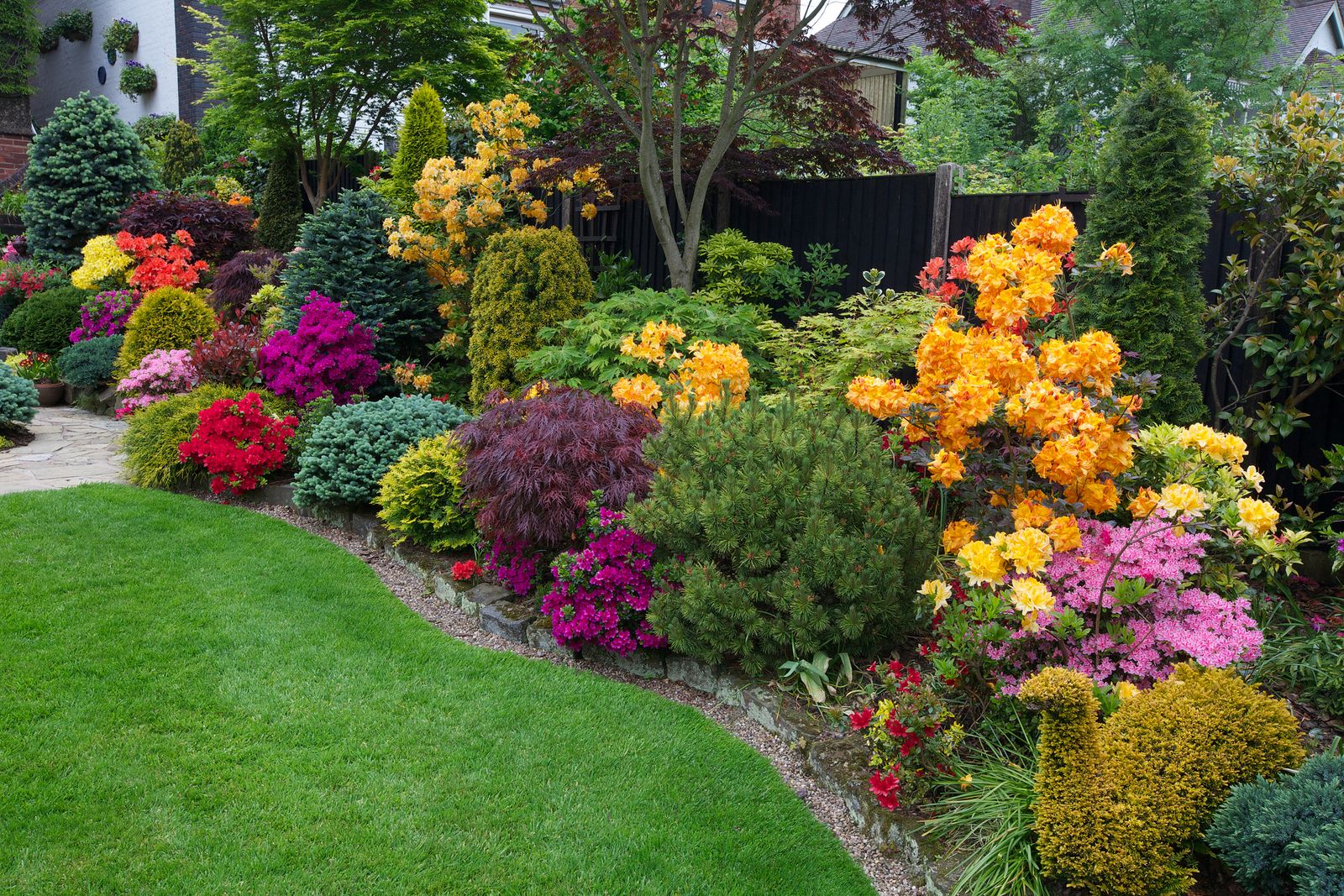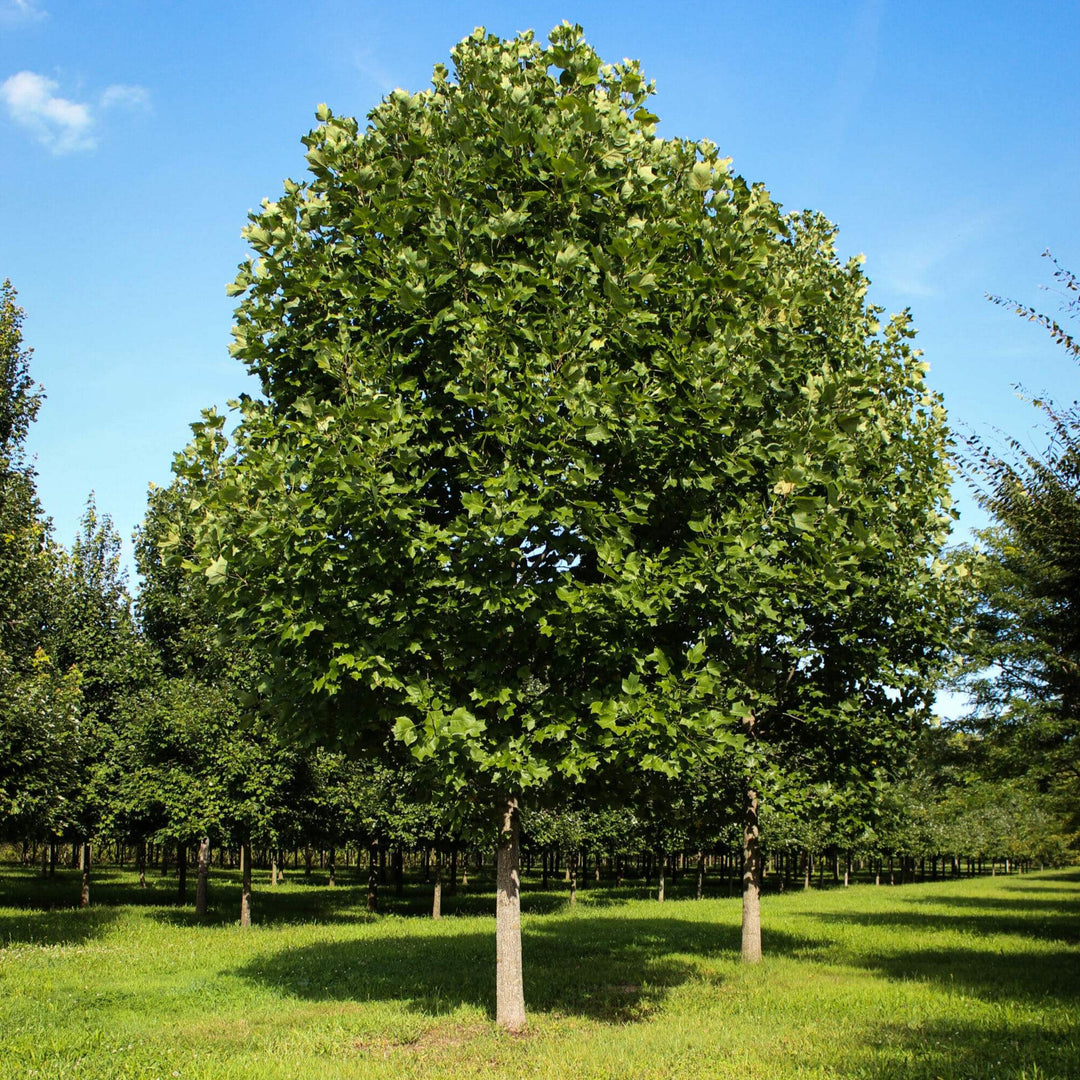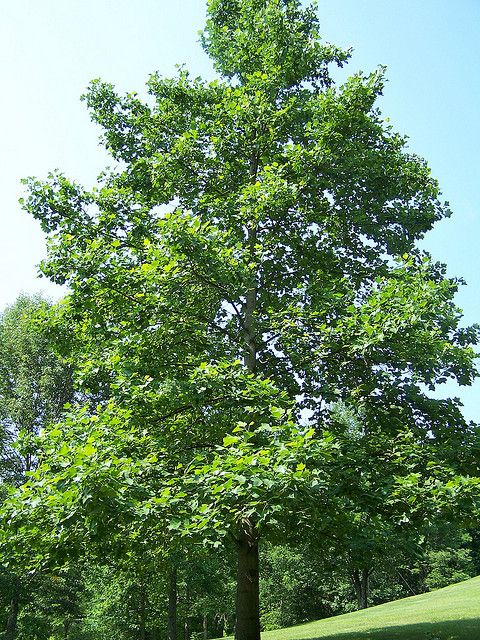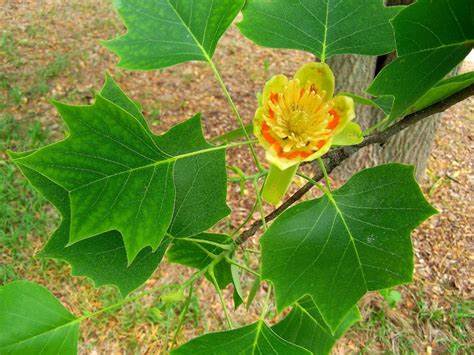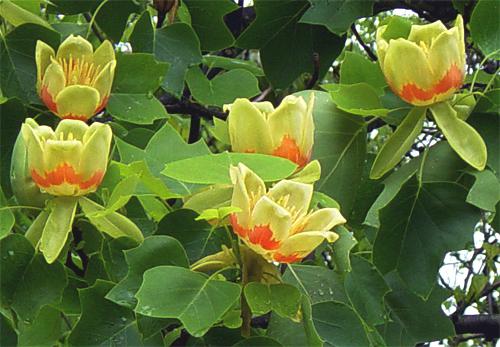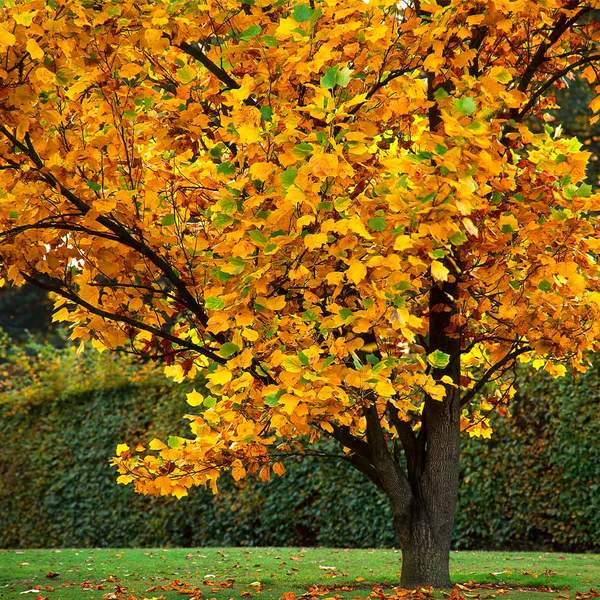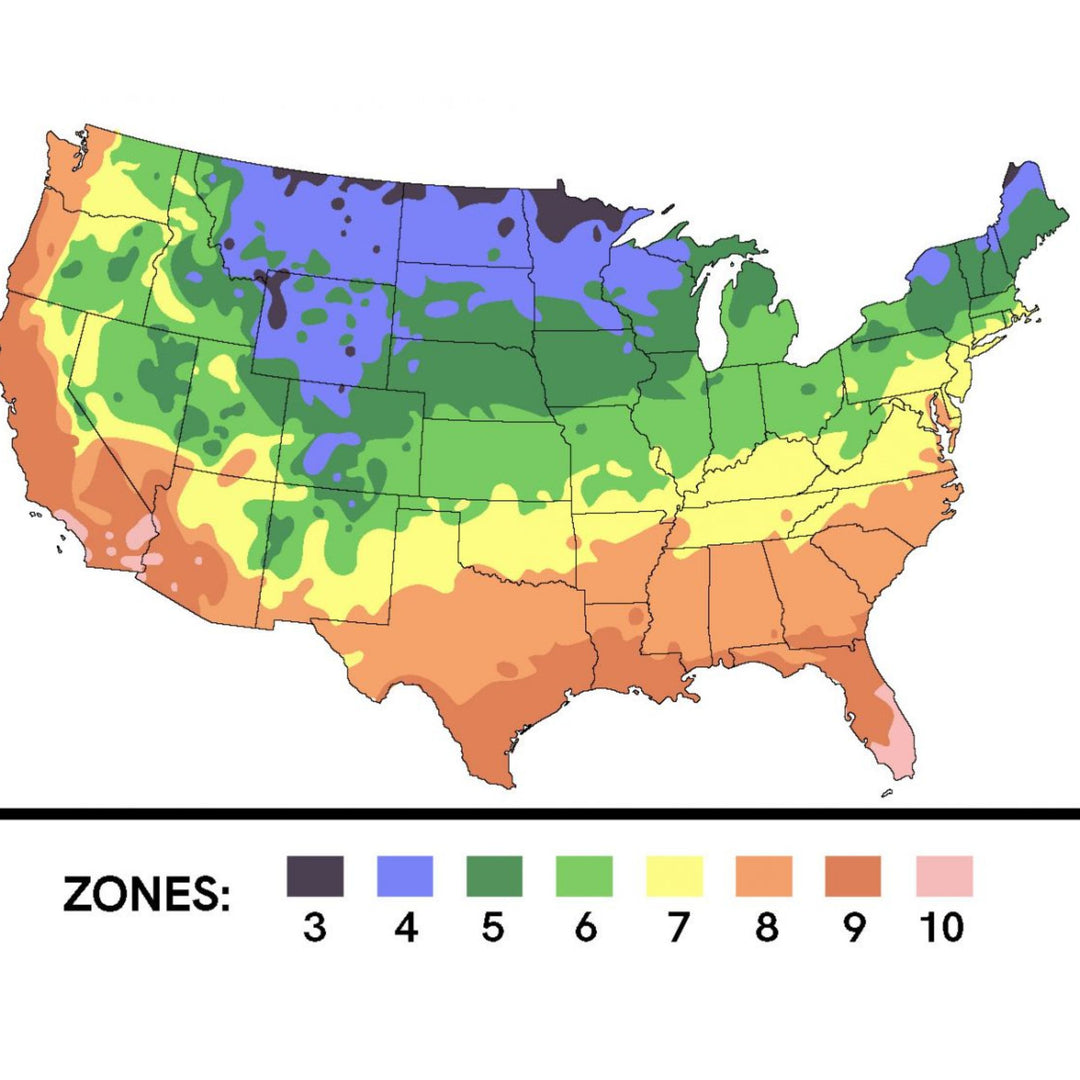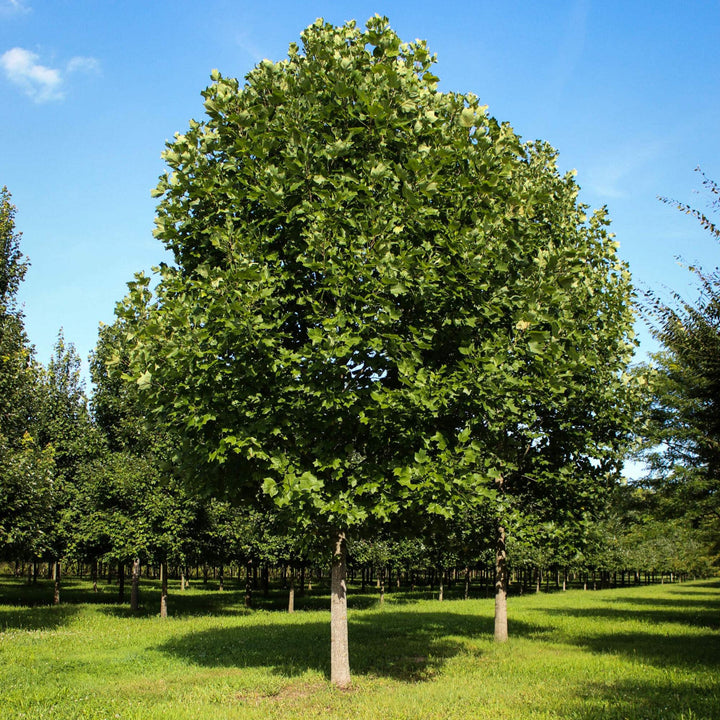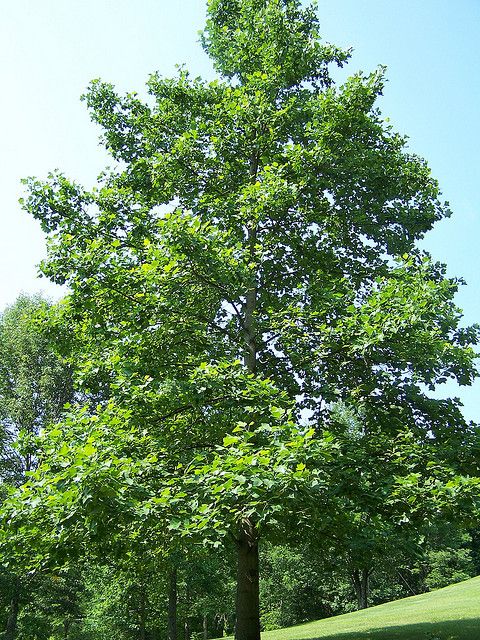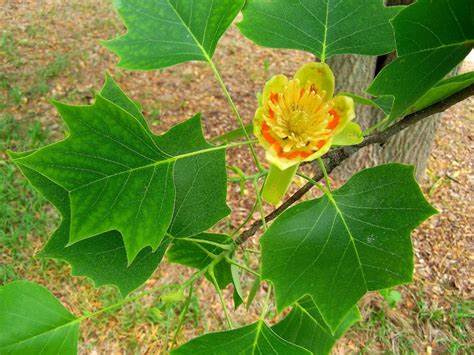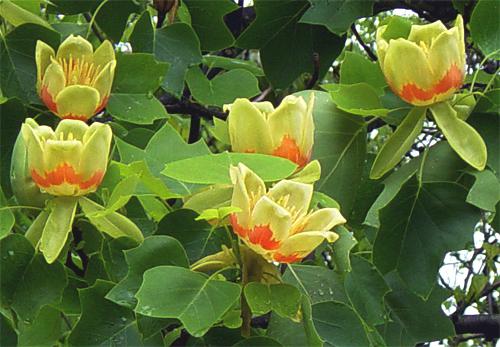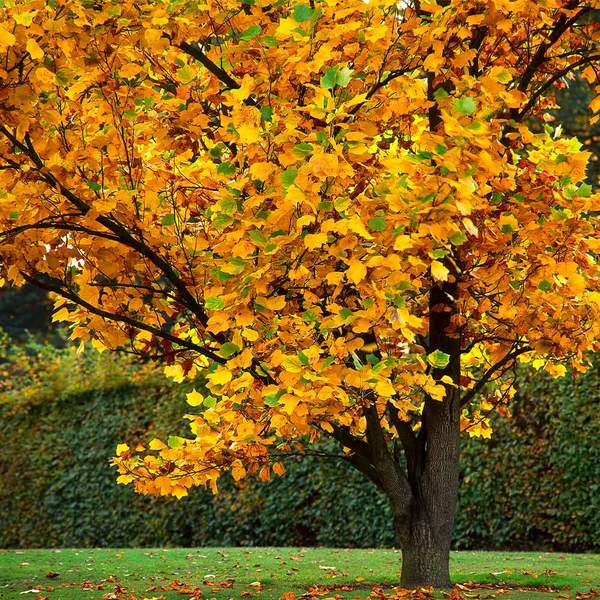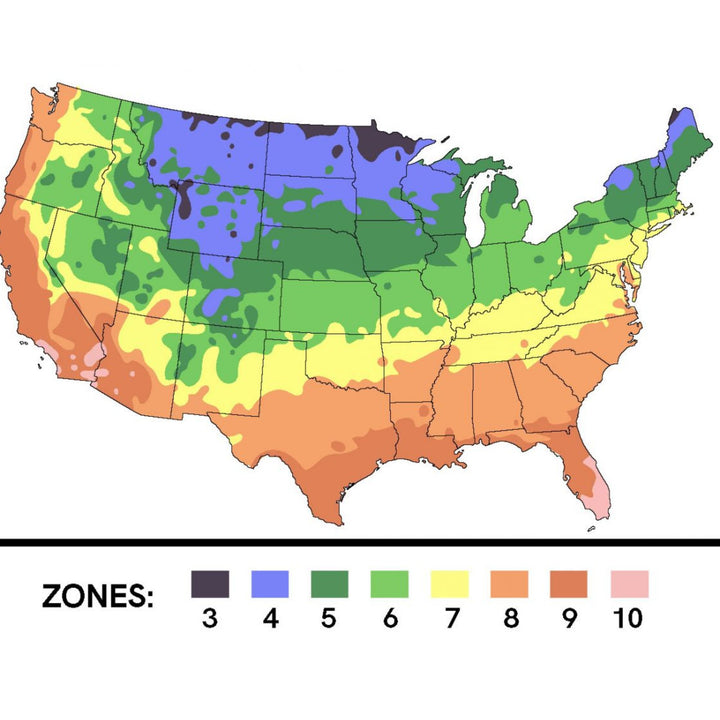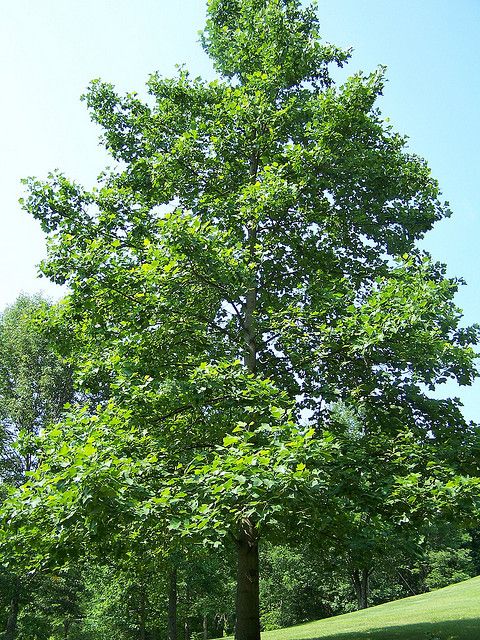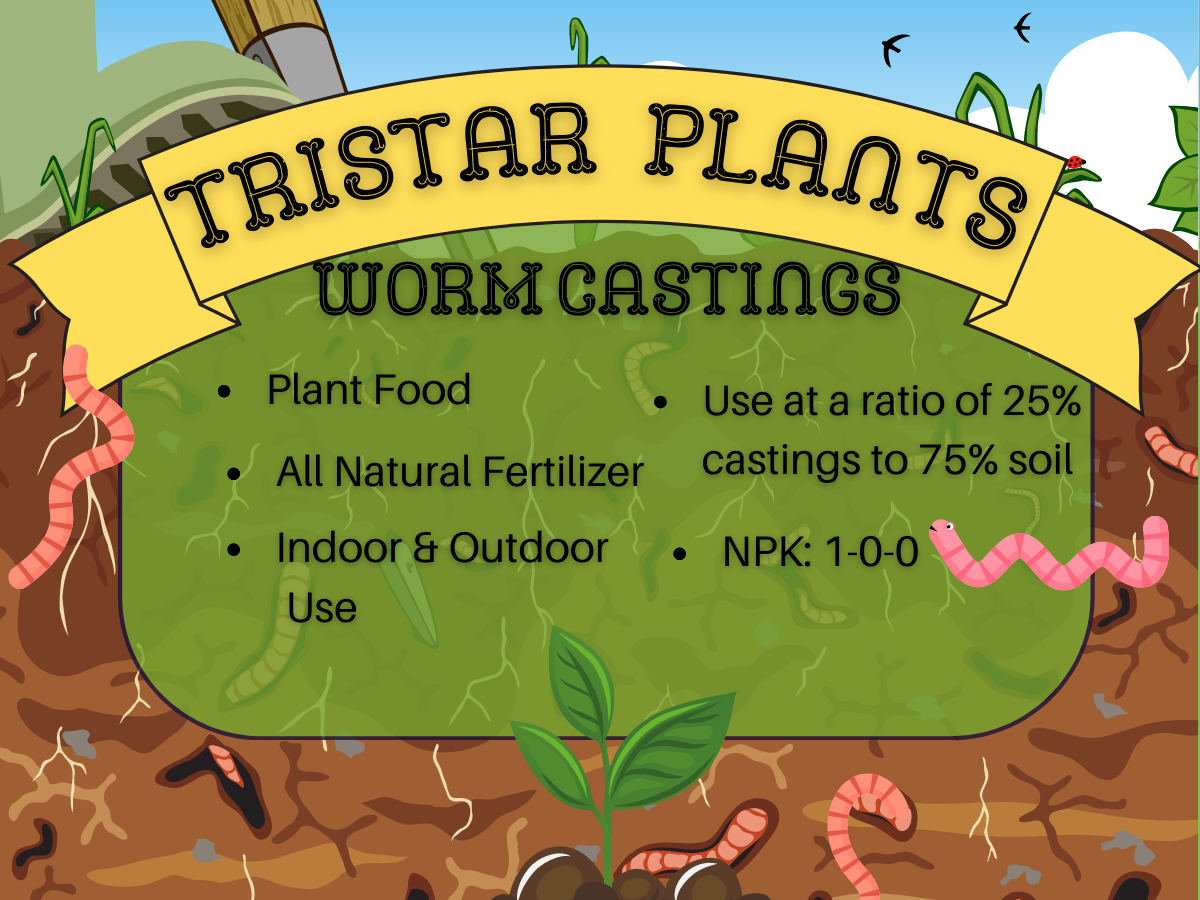Transform your landscape with the magnificent Tulip Poplar, a tree celebrated for its fast growth, towering height, and captivating beauty. Known for its large, tulip-shaped flowers and lush green foliage that turns golden in fall, this tree offers a visual feast through every season. Hardy and low-maintenance, the Tulip Poplar is ideal for creating shaded areas or as a majestic focal point in any space.
Product Features
Hardiness Zone
Tulip Poplar grows well in USDA zones 4–9 and prefers temperate climates with consistent moisture and seasonal temperature shifts. Trees planted outside of these zones may struggle to thrive.
Growth & Care
As a fast-growing native hardwood, Tulip Poplar can grow 2–3 feet per year, reaching 80–100 feet tall with a broad, pyramidal crown. It prefers full sun and deep, moist, well-drained soil. Early pruning helps promote strong structure, and it's best planted in large, open areas where its roots and canopy have room to expand.
Blooms
In late spring, mature trees produce cup-shaped flowers with soft green petals and a distinctive orange band, resembling tulips. The nectar-rich blooms are especially attractive to bees and are a key source of high-quality honey in the eastern U.S.
Pollinator Powerhouse
Tulip Poplar is a top nectar producer, supporting honeybees, native bees, and butterflies during late spring. Its flowers may be hard to see from the ground but play a vital role in local ecosystems. The tree is also a host plant for the Eastern Tiger Swallowtail caterpillar.
Hardiness zone for this plant:
Recently viewed
You may also like
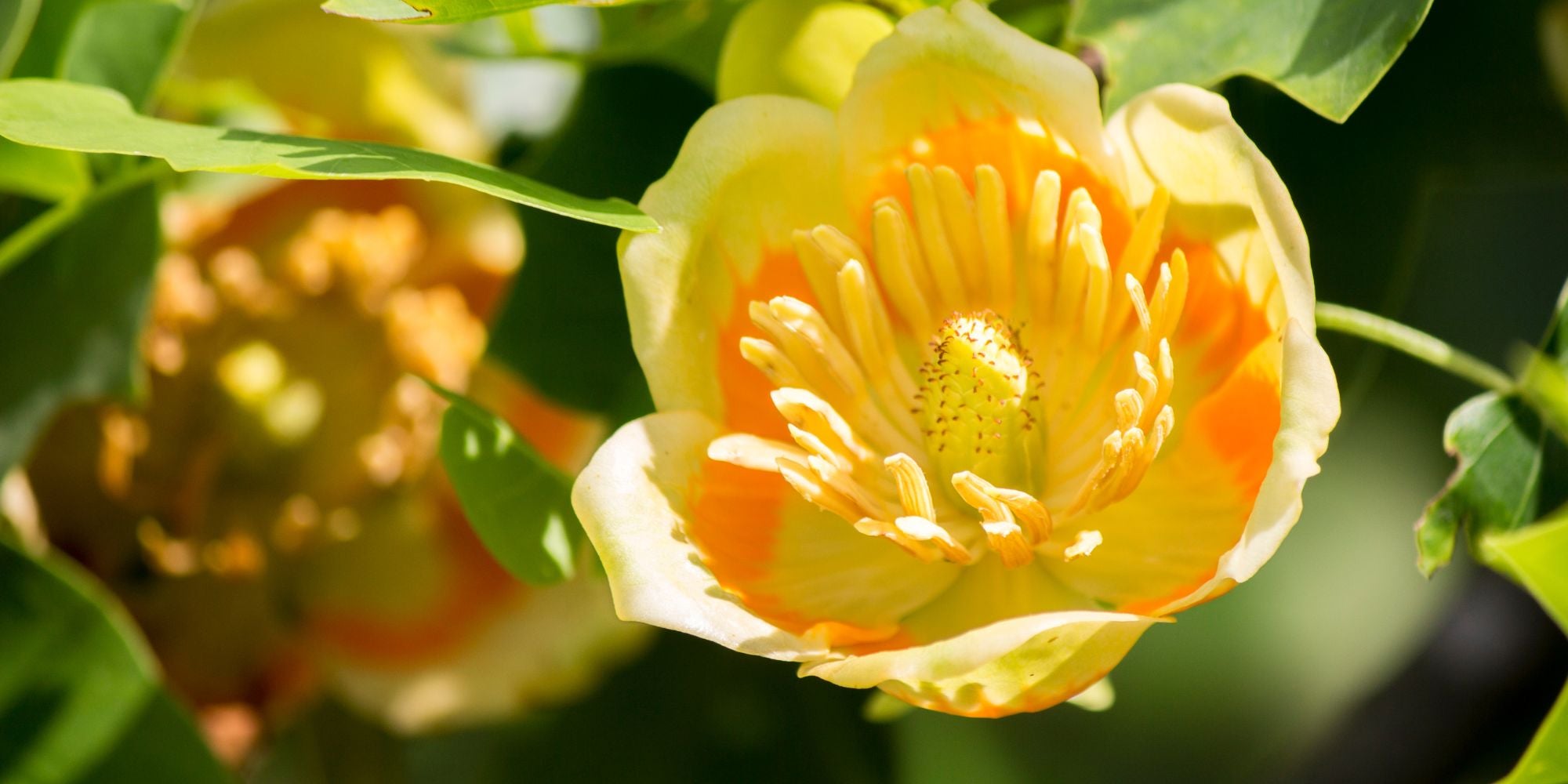
TriStar Plants
Tulip Poplar Tree
PURE WORM CASTINGS
Introducing our premium Worm Castings - the perfect solution for healthy plant growth! Non-toxic and eco-friendly, our Worm Castings are rich in minerals and nutrients that enhance soil structure and promote beneficial microbial activity. Choose our top-grade Worm Castings for indoor and outdoor gardening, and provide your plants with the best care possible!


